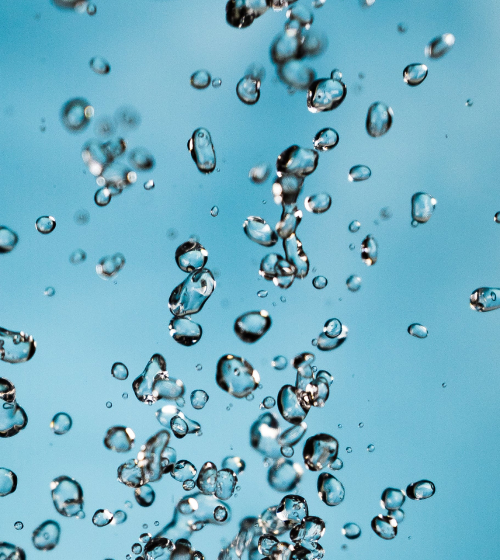
Contact Changfu Chemical Now!
+86 27 8439 6550 | +86 181 6277 0058
Properties and Applications of Dual-End Siloxanes
Properties
-
Reactivity: The key feature of dual-end siloxanes is their ability to react with other chemicals or polymers due to the functional groups at both ends. This makes them ideal for creating cross-linked networks or enhancing the bonding of silicone materials to other substrates.
-
Customizability: By selecting specific terminal groups, the properties of dual-end siloxanes can be tailored to meet the needs of different applications. For example, modifying the chain length and the type of functional groups can influence the mechanical properties, thermal stability, and reactivity of the resulting material.
-
Flexibility and Durability: Despite their reactivity, dual-end siloxanes retain the inherent flexibility, thermal stability, and chemical resistance of the siloxane backbone, making them suitable for demanding applications.
Applications
-
Cross-Linking Agents in Silicone Elastomers:
- Silicone Rubber: Dual-end siloxanes are widely used as cross-linkers in the production of silicone rubbers. The terminal groups react with other components in the rubber formulation, forming a three-dimensional network that gives the rubber its elastic and durable properties. For example, vinyl-terminated siloxanes are often used in platinum-catalyzed addition curing systems.
- Silicone Gels: They are also used in silicone gels where a softer, more flexible network is desired. The ability to control the degree of cross-linking allows manufacturers to fine-tune the gel’s properties, such as tackiness, elasticity, and stability.

Advantages of Specialty Silanes
Specialty silanes offer remarkable versatility, enabling them to enhance adhesion, durability, and chemical resistance across a wide range of materials and industries. Their ability to form strong siloxane bonds results in highly durable products that can withstand harsh environmental conditions, reducing the need for frequent maintenance or replacements. Additionally, specialty silanes contribute to sustainability by extending the lifespan of materials and improving energy efficiency, as seen in applications like fuel-efficient tires. Their adaptability and performance enhancements make them invaluable in fields such as construction, electronics, automotive, and healthcare.
The Chemistry Behind Specialty Silanes
The Chemistry Behind Specialty Silanes
1. Structure and Composition
At the core of every silane molecule is silicon (Si), which is chemically similar to carbon. Silicon atoms can bond with hydrogen (H), oxygen (O), and various organic groups to form different types of silanes. The most common specialty silanes include organosilanes, where organic groups are attached to the silicon atom, and functional silanes, which contain reactive groups like amino, epoxy, or methacryloxy.
These different functional groups allow specialty silanes to participate in a variety of chemical reactions, such as condensation, polymerization, and crosslinking. This reactivity is what makes them so versatile in industrial applications.
2. Hydrolysis and Condensation Reactions
One of the most important chemical properties of silanes is their ability to undergo hydrolysis and condensation reactions. When exposed to water, the alkoxy groups (–OR) attached to the silicon atom can hydrolyze to form silanols (–SiOH). These silanols can then condense to form siloxane bonds (–Si–O–Si–), which are extremely strong and stable.
This process is fundamental in applications where silanes are used as coupling agents, as it allows them to bond organic materials to inorganic surfaces, such as glass, metals, and minerals.

+86 27 8439 6550
+86 181 6277 0058
sales@cfsilanes.com
Optics Valley Bio-City
No. 666, Gaoxin Avenue
Hongshan District, Wuhan City

+86 27 8439 6550 | +86 181 6277 0058
sales@cfsilanes.com
Optics Valley Bio-City
No. 666, Gaoxin Avenue
Hongshan District, Wuhan City
Copyright © Hubei ChangFu Chemical Co., Ltd. All Rights


